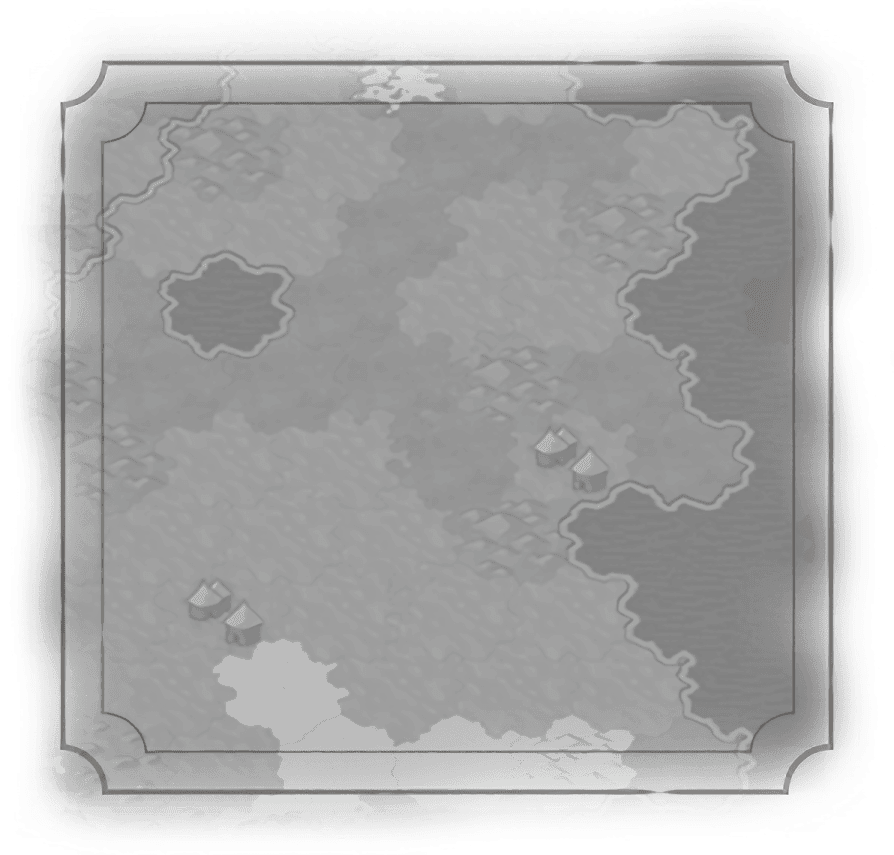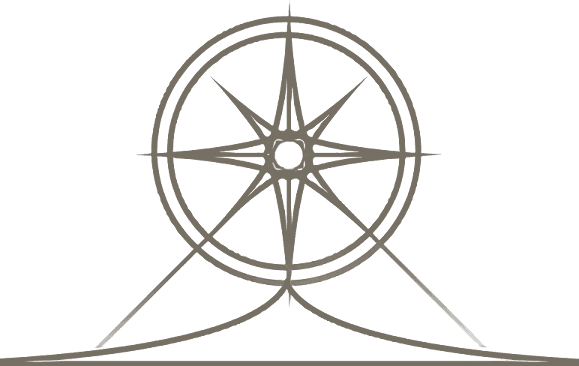Comandante General
Great Admiral
Artemisia
Chester Nimitz
Ching Shih
Clancy Fernando
Francis Drake
Franz von Hipper
Gaius Duilius
Grace Hopper
Hanno the Navigator
Himerios
Horatio Nelson
Joaquim Marques Lisboa
Laskarina Bouboulina
Leif Erikson
Matthew Perry
Rajendra Chola
Santa Cruz
Sergei Gorshkov
Themistocles
Togo Heihachiro
Yi Sun-sin
Zheng He
Great Artist
Great Engineer
Great General
Great Merchant
Great Musician
Great Prophet
Great Scientist
Great Writer


Perry was an old hand at such tactics, spearheading the use of overwhelming military presence for American expansion as well as the modernization of the American navy. He had previously commanded a ship that physically laid claim to the island of Key West (also claimed for Spain) by force and owing to that and subsequent service in the Mexican-American War, he rose rapidly in the ranks.
When Perry reached Japan, his actions were both blunt as well as informed by a partial understanding of Japanese society. He ignored Japanese borders and sailed into Edo Bay, near present-day Tokyo, firing blank shots from their massive new, state-of-the-art cannons. The Japanese, having been insulated from such heavy artillery during the sakoku period, were shocked, and rumors about “the black ship,” as Perry’s flagship was called, left an indelible mark on Japanese imaginations of the time. When Perry returned for a second visit, the Japanese signed whatever the Americans handed to them.
Japan could not hold out under such a threat, and Perry’s invasion of Edo Harbor, as well as the death of the shogun, marked an end to sakoku and the beginning of the outward-looking Meiji period.
Retire (1 charge)
Grants enough  Envoys to become Suzerain at this city-state. Then removes all other players'
Envoys to become Suzerain at this city-state. Then removes all other players'  Envoys.
Envoys.
Passive Effect
+5  Combat Strength and +1
Combat Strength and +1  Movement to Modern and Atomic era naval units within 2 tiles.
Movement to Modern and Atomic era naval units within 2 tiles.
This Great Person ignores closed borders.

Traits

Perry was an old hand at such tactics, spearheading the use of overwhelming military presence for American expansion as well as the modernization of the American navy. He had previously commanded a ship that physically laid claim to the island of Key West (also claimed for Spain) by force and owing to that and subsequent service in the Mexican-American War, he rose rapidly in the ranks.
When Perry reached Japan, his actions were both blunt as well as informed by a partial understanding of Japanese society. He ignored Japanese borders and sailed into Edo Bay, near present-day Tokyo, firing blank shots from their massive new, state-of-the-art cannons. The Japanese, having been insulated from such heavy artillery during the sakoku period, were shocked, and rumors about “the black ship,” as Perry’s flagship was called, left an indelible mark on Japanese imaginations of the time. When Perry returned for a second visit, the Japanese signed whatever the Americans handed to them.
Japan could not hold out under such a threat, and Perry’s invasion of Edo Harbor, as well as the death of the shogun, marked an end to sakoku and the beginning of the outward-looking Meiji period.
Traits
Retire (1 charge)
Grants enough  Envoys to become Suzerain at this city-state. Then removes all other players'
Envoys to become Suzerain at this city-state. Then removes all other players'  Envoys.
Envoys.
Passive Effect
+5  Combat Strength and +1
Combat Strength and +1  Movement to Modern and Atomic era naval units within 2 tiles.
Movement to Modern and Atomic era naval units within 2 tiles.
This Great Person ignores closed borders.



